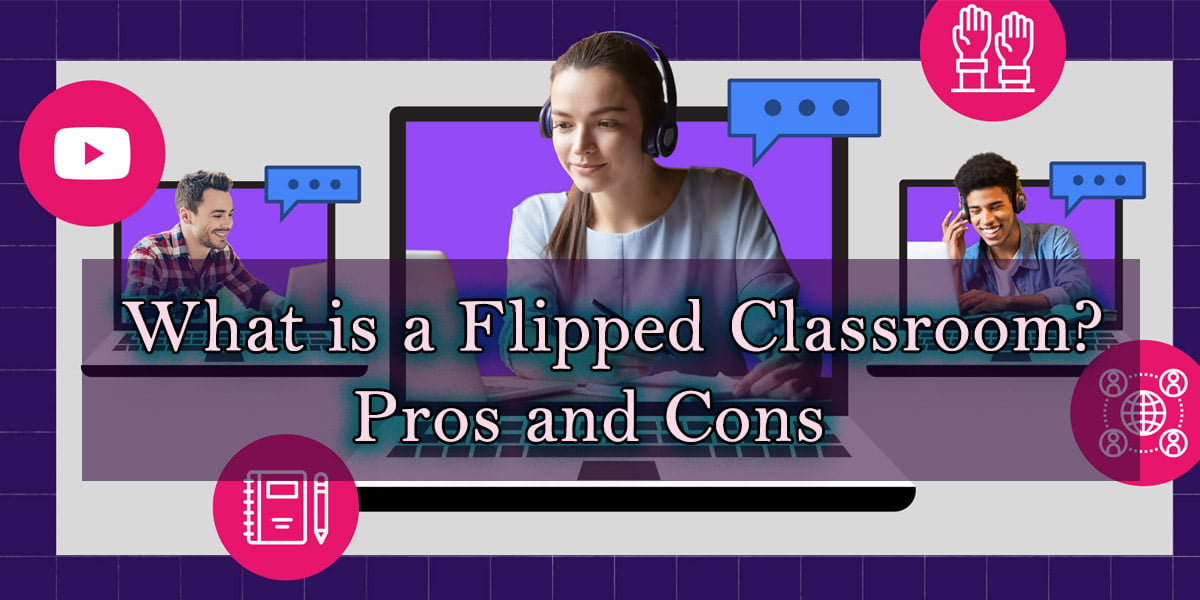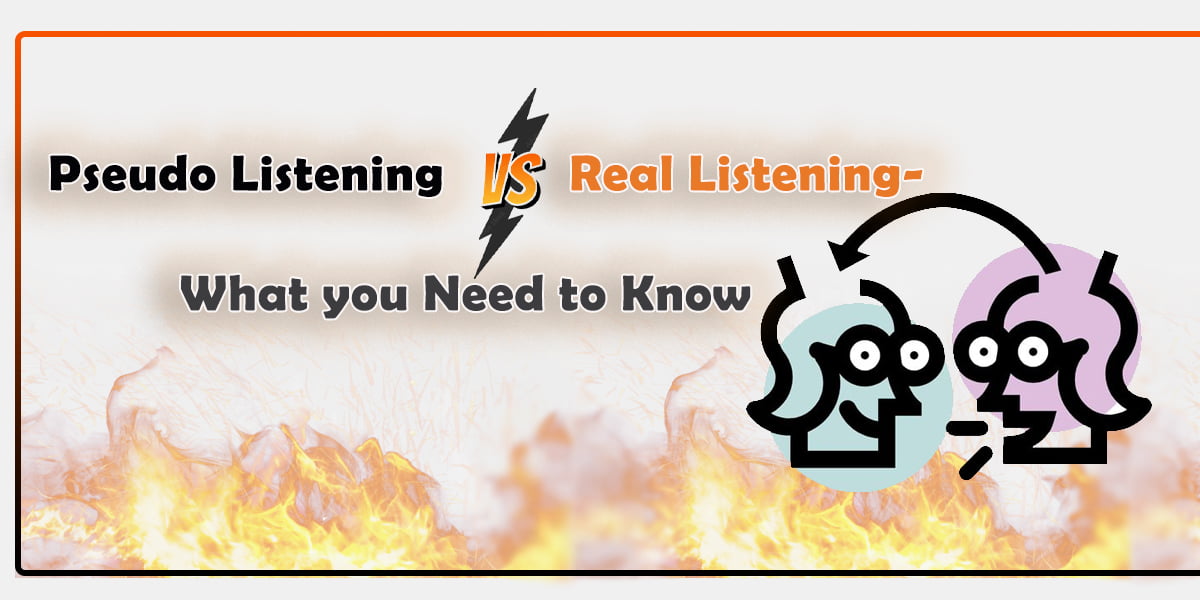As the needs of today’s learners and workforce continue shifting, so must our approaches to educational assessment. No longer is it sufficient to focus solely on exams and standardized testing, emphasizing memorization over mastery. Learners require feedback and credentials that reflect their true competencies and ability to apply skills in real-world contexts.
This article will explore emerging assessment innovations designed with these priorities in mind. Specifically, we will discuss competency-based evaluation methods and portfolio-driven credentialing that centre on demonstrating proficiency rather than points on a test. Tools enabling more meaningful feedback loops between educators and learners will also be highlighted. By embracing these evolving approaches, institutions can better serve students as self-directed problem solvers ready to thrive in our rapidly changing world.
Competency-Based Assessment: A Superior Alternative
Competency-based education (CBE) has recently gained significant traction as a learner-centred alternative to the traditional time-based model. Rather than progressing based solely on seat time or credits earned, CBE focuses on demonstrating mastery of defined competencies through application and performance.
Assessment is a crucial component of CBE, with evaluations designed to provide multiple measures confirming a student has achieved the intended outcomes. This may involve projects, papers, presentations, simulations, and other authentic demonstrations of competency rather than high-stakes exams.
Some key benefits of competency-based assessment include:
- Learners can progress as soon as they can show competency regardless of time, often allowing for acceleration.
- Evaluation is criterion-referenced against clear rubrics rather than norm-referenced on a bell curve.
- Feedback is ongoing and formative to support continuous improvement toward mastery.
- Real-world application is emphasized over rote memorization and test-taking abilities.
- Outcomes reflect proficiencies employers demand rather than broad subject coverage.
Institutions nationwide have begun adopting CBE programs and the associated assessment models. Early adopters report increased student engagement and satisfaction along with improved learning outcomes. As the value of CBE becomes more apparent, its assessment practices will continue spreading.
Portfolio Evaluation: A Window into Growth
Rather than isolated assessments, portfolio evaluation provides a longitudinal view of a learner’s progress, skills, and interests. Students curate representative samples of their work, reflections on the learning process, and other evidence into a digital portfolio.
This portfolio then serves as the basis for authentic performance reviews between the student, their mentor, and potentially external evaluators. The focus shifts from grades to discussion, feedback on strengths and areas for improvement, and credentialing based on demonstrated competencies.
Some institutions have begun awarding micro-credentials or digital badges validated by portfolios. These stackable credentials carry real labour market value by signalling mastery of skills employers need, like collaboration, creativity, or technological proficiency.
Portfolio evaluation also supports learner agency and ownership over their education. Students curate artefacts they feel best represent their capabilities and interests. This self-directed approach mirrors real-world work environments that value self-starters who can showcase their work and continually refine their skills.
Tools Empowering Formative Feedback

Supporting tools and platforms are crucial to fully realizing the potential of competency-based and portfolio-driven assessment. Digital solutions now exist to streamline the evaluation process and provide more meaningful feedback loops.
Competency Tracking Platforms
Competency-tracking platforms are digital tools that facilitate competency-based assessment. They map defined learning outcomes and competencies that students are expected to master. Platforms like Brightspace and Fidelia then track student progress against these competencies.
Embedded assessment features generate valuable data. Simulations, assignments, and projects included in the platform authentically demonstrate skills. Platforms analyze and analyze performance data to identify strengths and areas for growth.
Automated reporting and analytics deliver actionable insights. Educators access dashboards highlighting class and individual learner progress. Students can view their competency development over time. Recommendations guide the next steps to target any gaps.
ePortfolio Tools
ePortfolio tools empower students to curate evidence of their competencies into digital portfolios. Platforms like Digication and Anthology allow uploading work samples and linking these to specific outcomes.
Students receive formative reviews from mentors and peers within the tool. Feedback is geared toward continuous improvement. ePortfolios can also include student reflections on their learning journey.
Career networking features optimize opportunities. Integrations with LinkedIn enable students to showcase their portfolios to potential employers. Connections with credentialing platforms issue verifiable micro-credentials.
Learning Record Stores
Learning record stores (LRS) are repositories that issue, manage and verify micro-credentials earned in competency-based programs. Platforms such as Accredible and Credly support the issuance of stackable credentials.
These credentials demonstrate mastery of individual skills relevant to employers. LRS verify the authenticity of credentials earned across different learning providers and programs.
External evaluators like admissions officers and hiring managers can view applicant credentials through the LRS. This provides a full picture of competencies beyond traditional transcripts and degrees.
Such innovative tools empower personalized, competency-based learning journeys with continuous formative assessment when leveraged together. Outdated high-stakes testing recedes in favour of authentic performance reviews and credentials of lasting value. Most importantly, feedback becomes an integral part of the learning process rather than an afterthought.
Read More: GradeCam: Streamlining Assessment and Empowering Instruction
In Summary
As the world changes at unprecedented rates, so must our educational assessment approaches evolve. The competency-based evaluation focused on mastery over memorization and portfolio-driven credentialing, authenticating real-world applications to better serve today’s learners and workforce.
Digital tools now exist to streamline competency tracking, provide ongoing formative feedback through embedded assignments and reviews, and issue micro-credentials of labour market value. When leveraged as an integrated whole, these innovations transform assessment into a forward-looking process emphasizing growth rather than grades.
Institutions embracing these evolving practices will find themselves optimally preparing self-directed, lifelong learners. Most importantly, students will exit our programs equipped with the dynamic skillsets demanded in a rapidly changing world.




